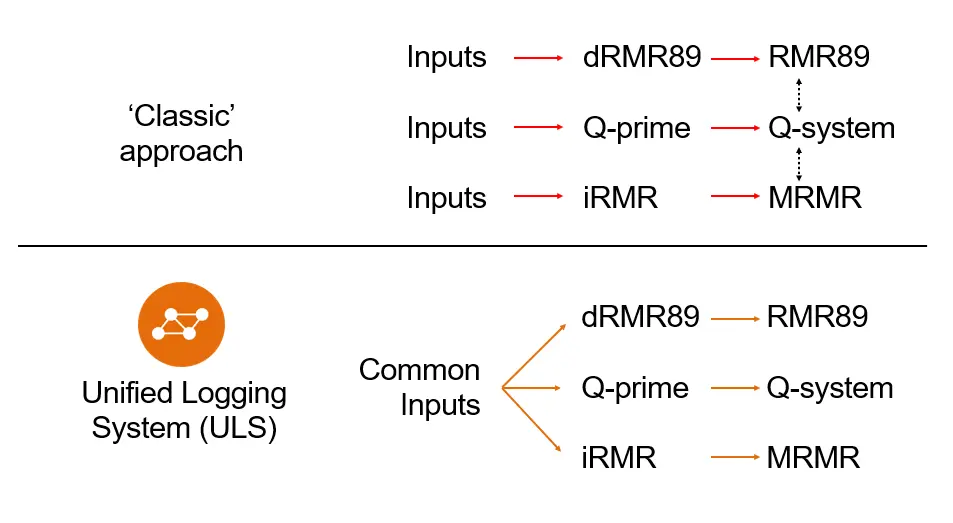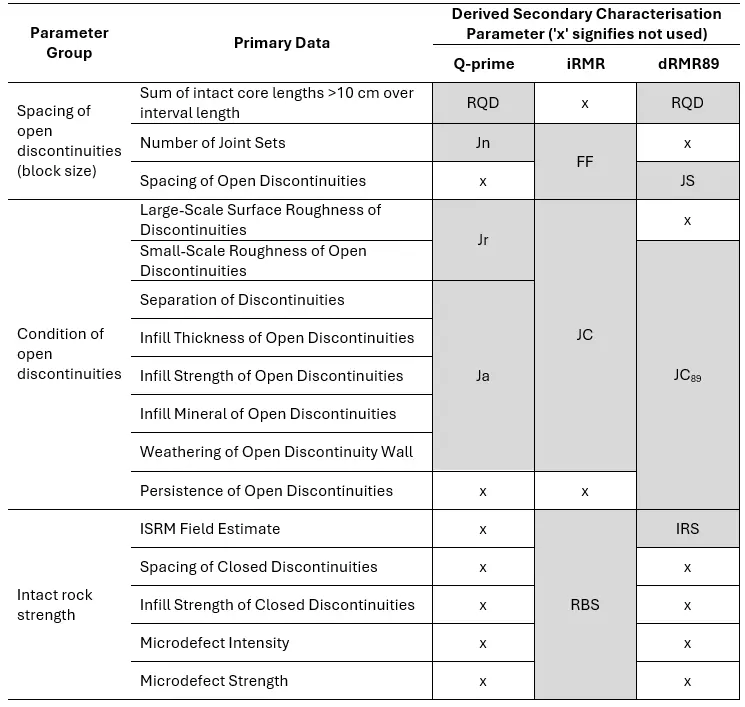As data analysis tools advance, it is important to remember that conclusions drawn from these technologies are only ever as accurate as the data fed into them. Geotechnical logging of drill core is a crucial and expensive part of data collection for mining projects and conclusions derived from its results can be the difference between profitability and closure. Yet, due to the complexity and subjectivity in measuring and recording geotechnical parameters, it is often fraught with errors. Most classification systems commonly used in mining projects were not designed specifically for core logging and require some level of adaptation, which invites inconsistency and ambiguity. Furthermore, it is not uncommon for geotechnical logging to be performed by junior geotechnicians or geologists, often with little experience and limited understanding of engineering implementation. As a result, the reliability of geotechnical logging data presents a significant risk to engineering design, particularly where geotechnical understanding is critical to the success of the project.
The system proposed in this paper is capable of determining the inputs for all three of the most commonly used classification systems used in the mining industry. This is achieved by breaking down the inputs for each of these systems to find common characterisation parameters, which are used to derive classification inputs in a more efficient and objective manner, without increasing the time required or data logged. As a result, the use and value of geotechnical logging datasets is maximised.
10:30am | Room 4 | Thursday 18th April
Click here to see other SRK presentations at this event.


